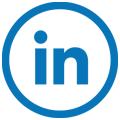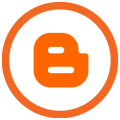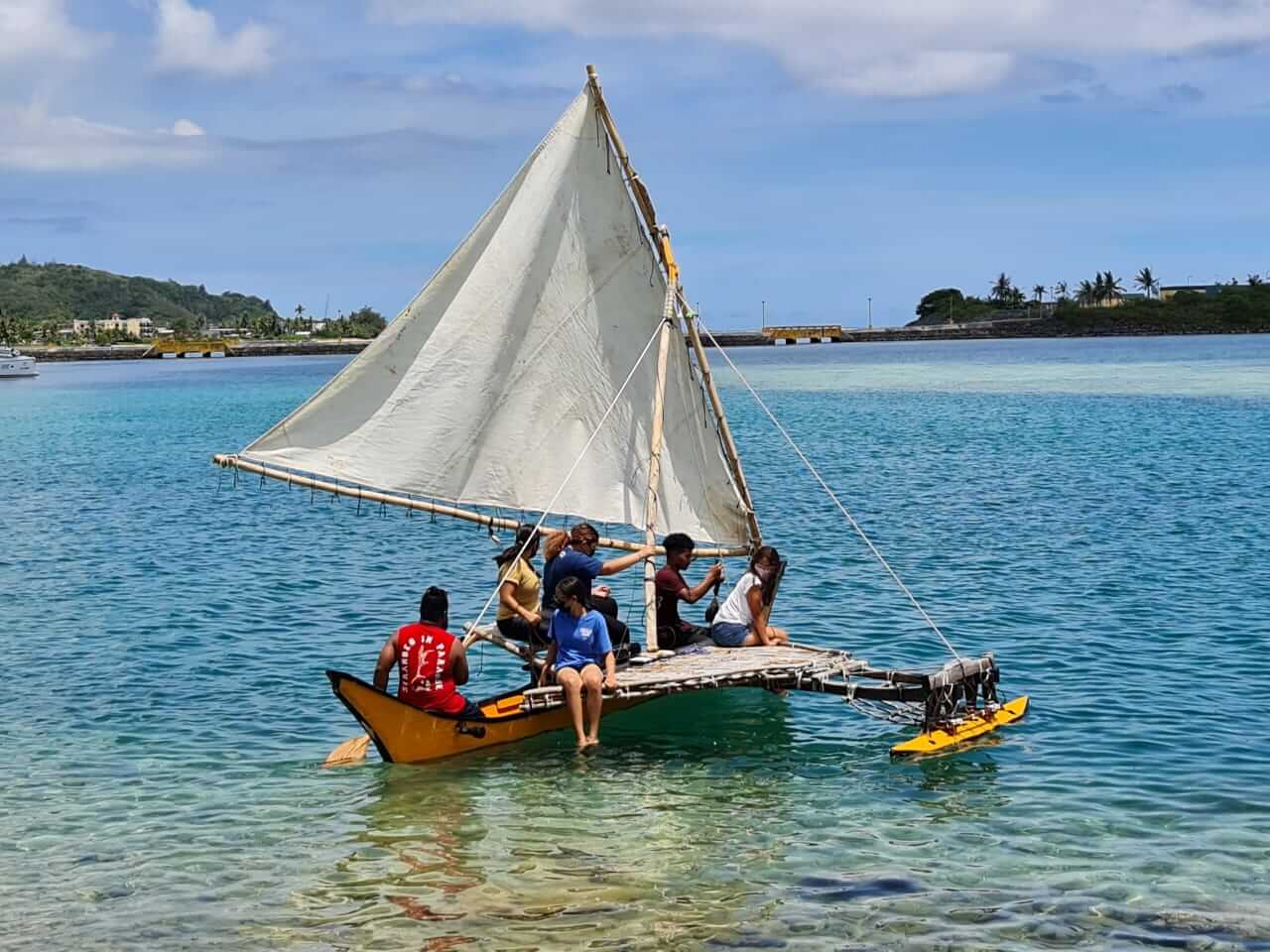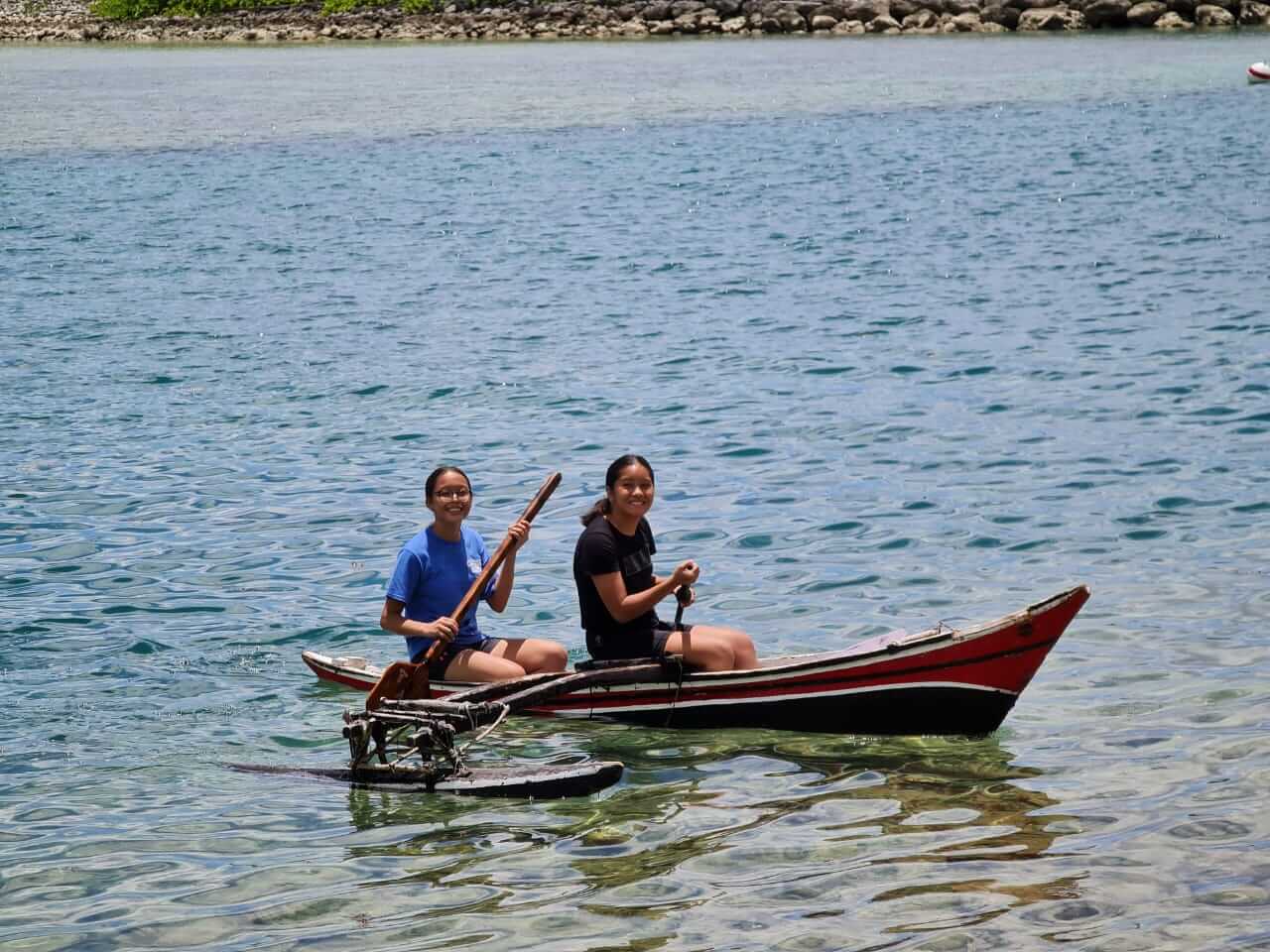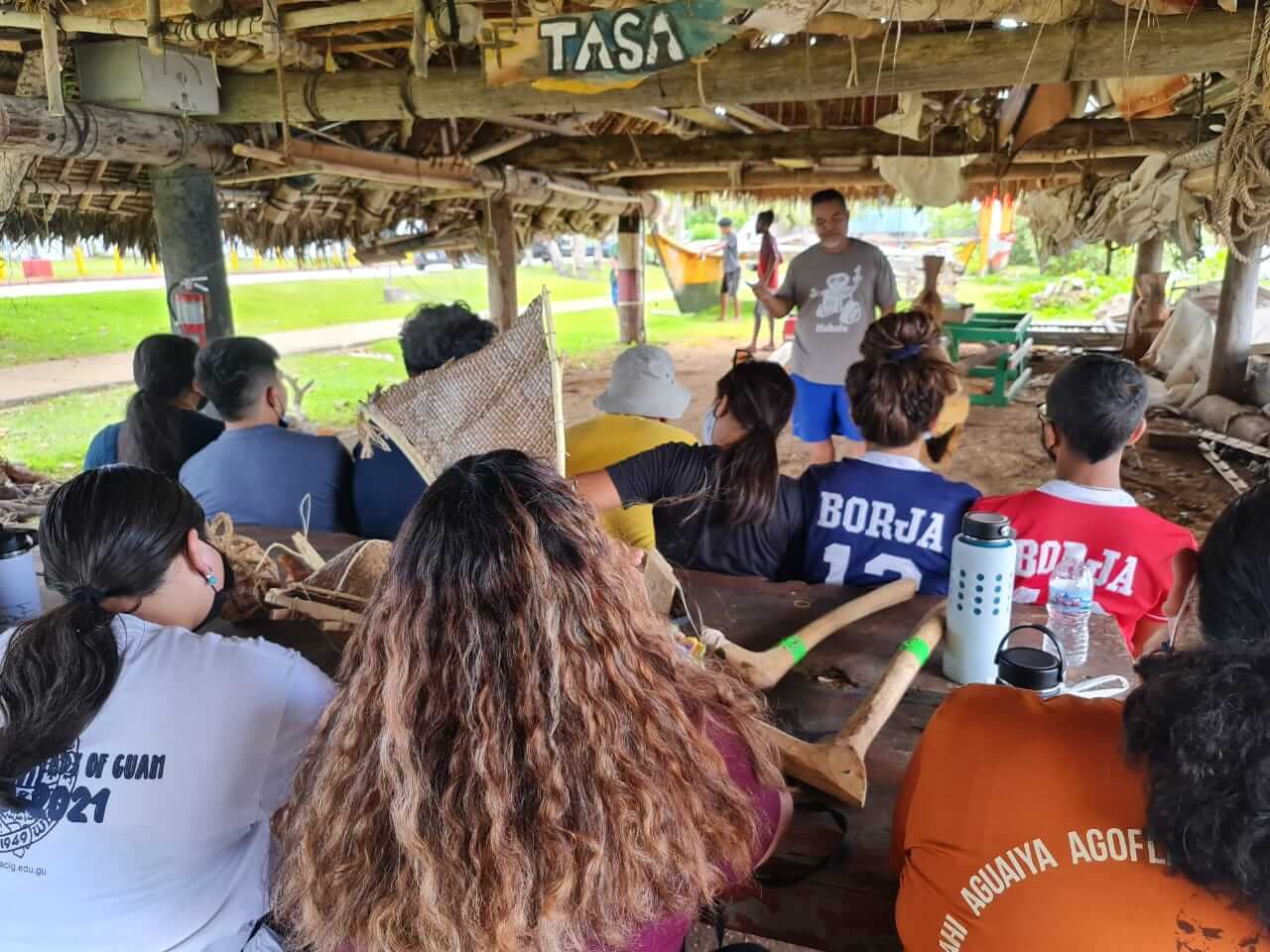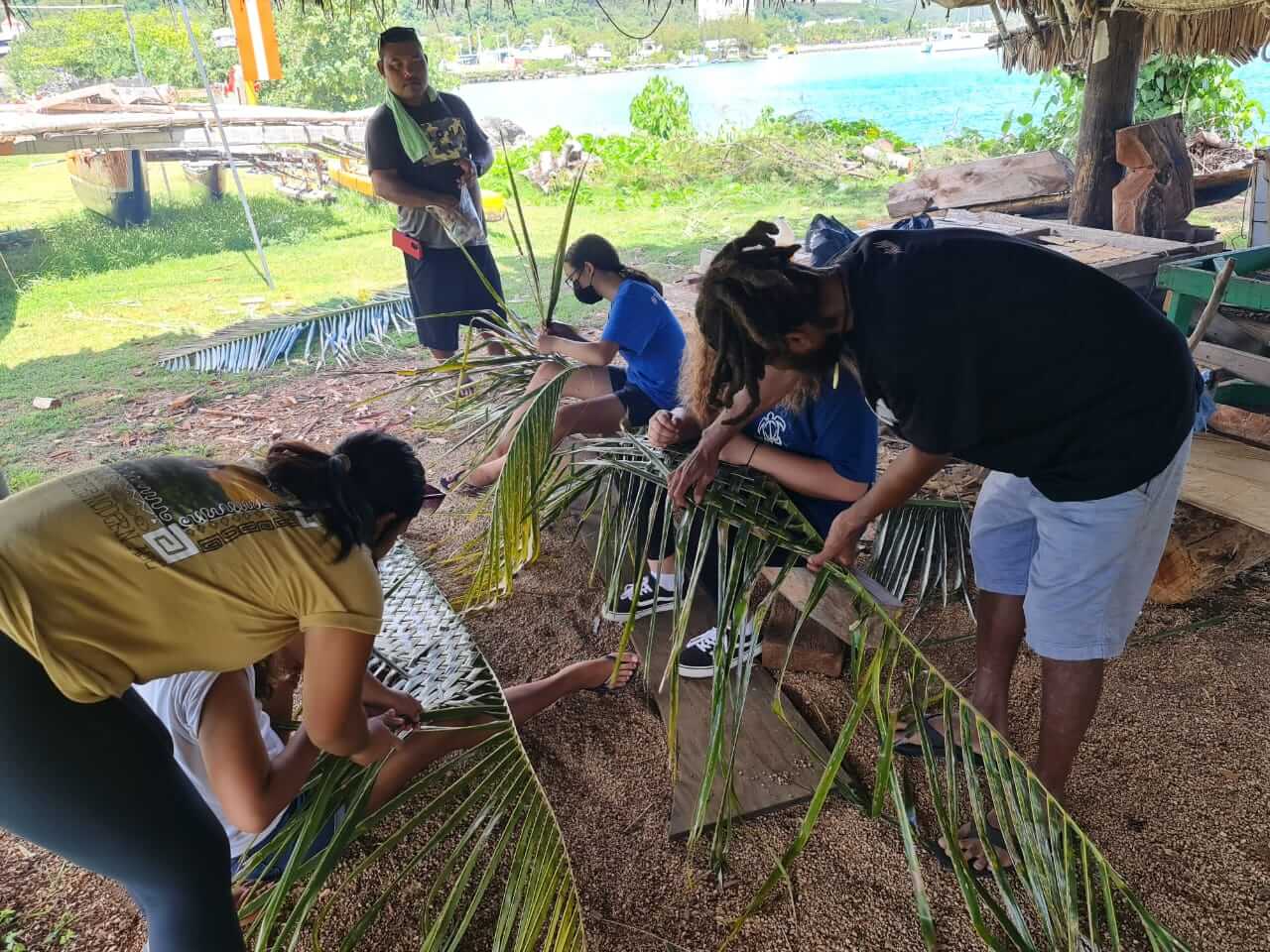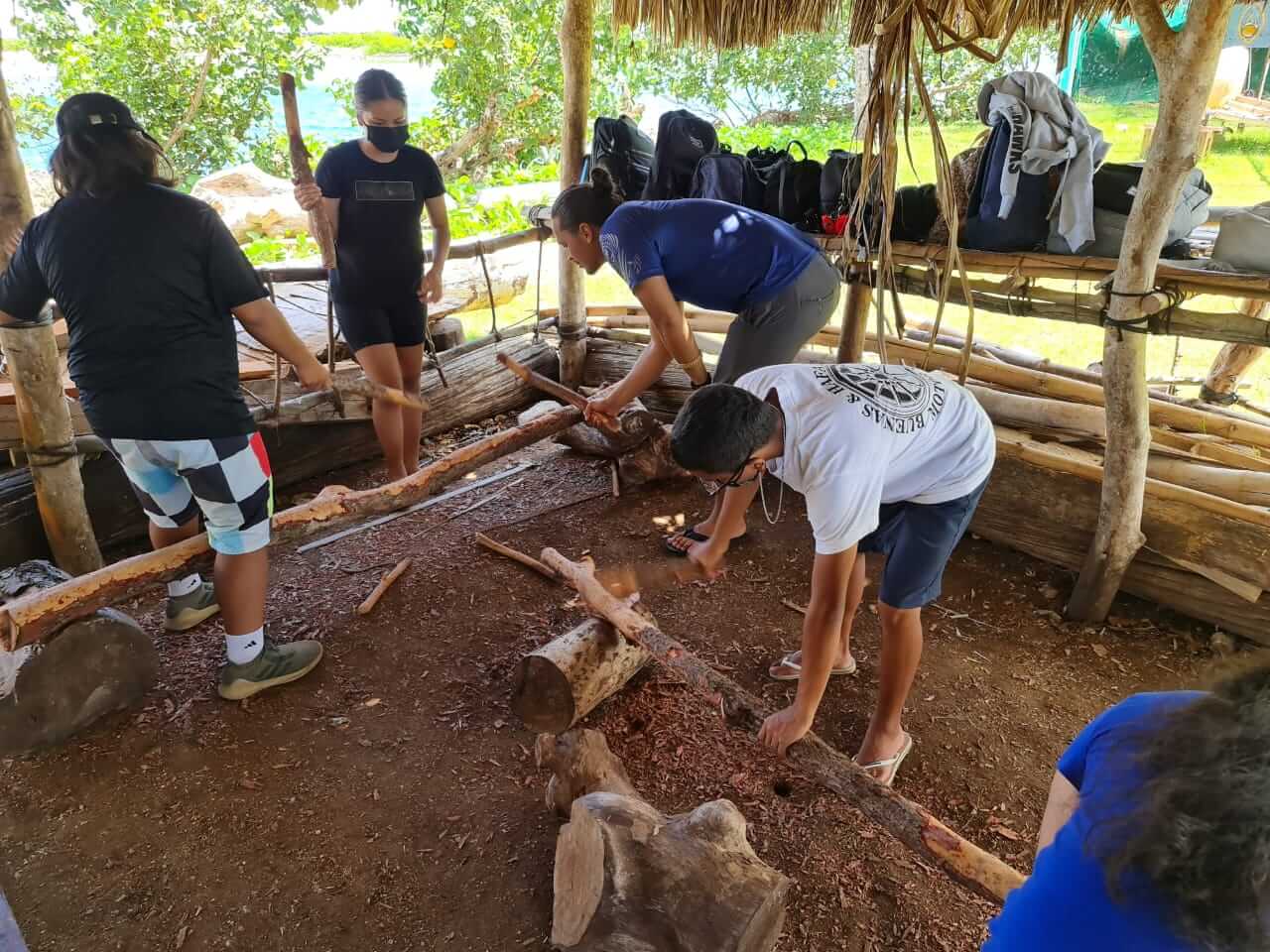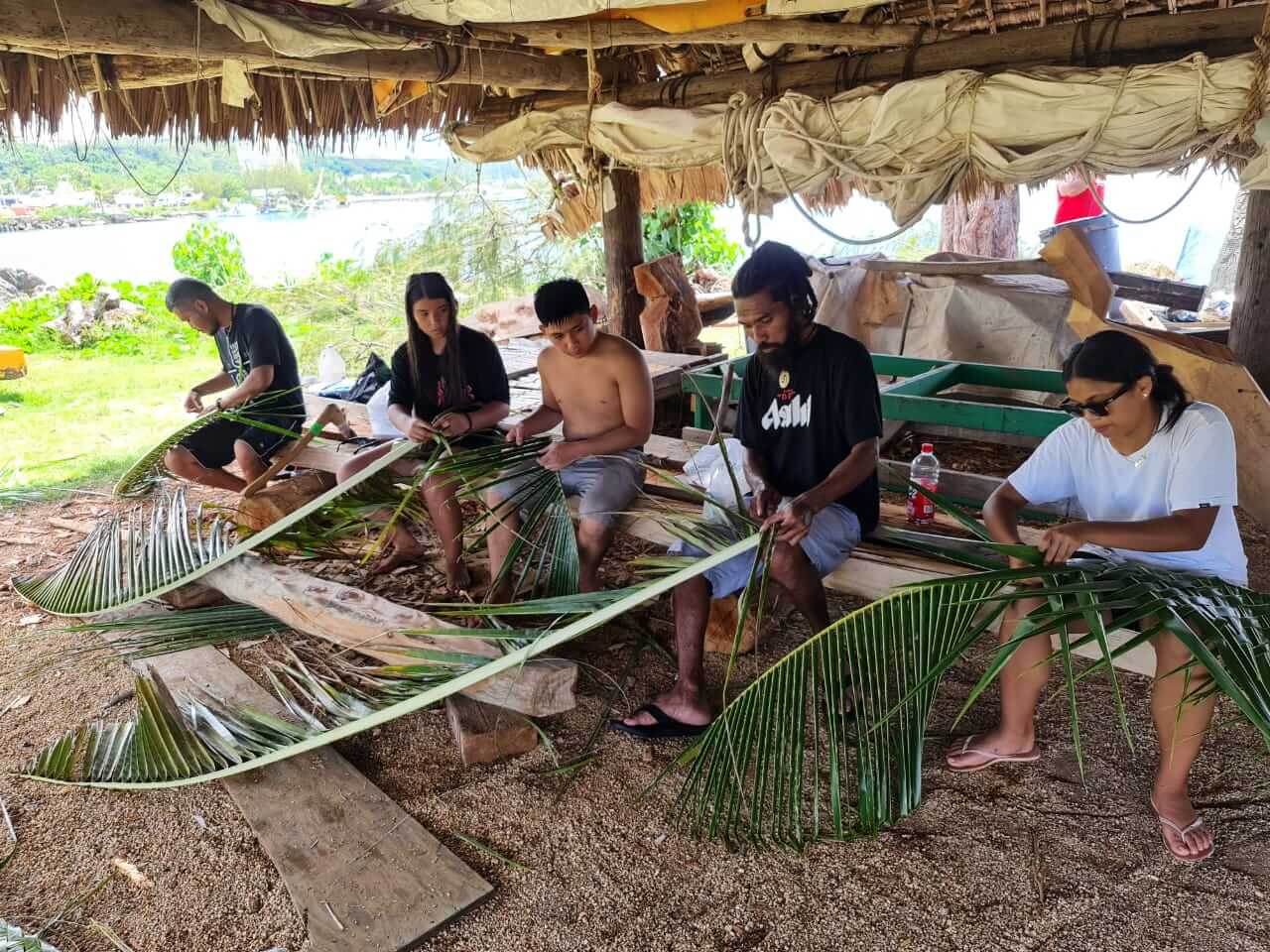
PATA MicrONEsia Chapter, Culture, Heritage & Environment Committee Quarterly Newsletter features:
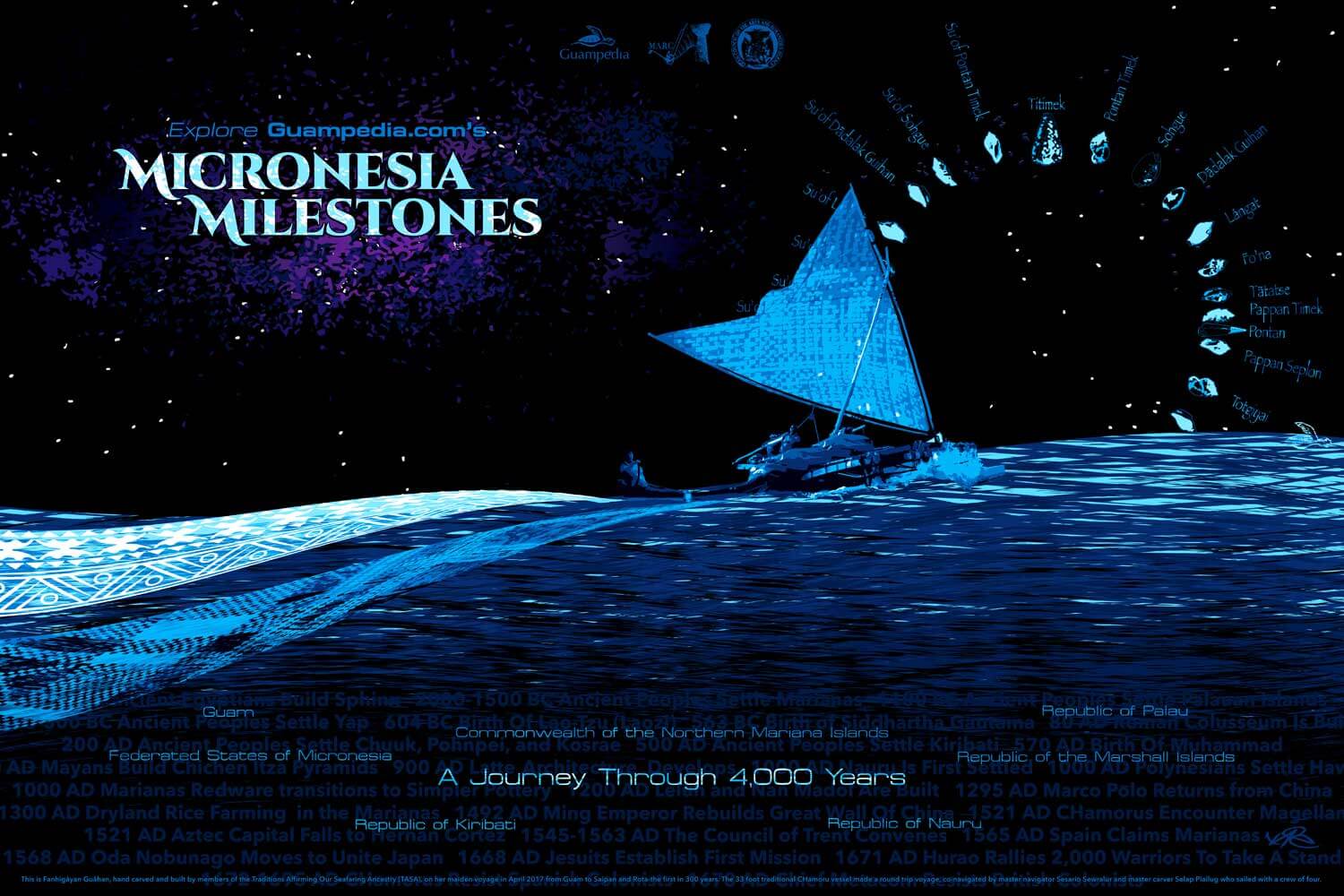
MicrONEsia Milestones Historical Timeline
Guam’s community-based educational online resource, guampedia.com, has been serving Guam for the past 13 years, and embarked on an educational outreach effort in partnership with Traditions Affirming Our Seafaring Ancestry (TASA) - to help connect and promote our region of MicrONEsia through history, cultural heritage, and our natural environment. Guampedia.com, provides free electronic access to educational resources of scholarly, traditional and culturally relevant content via modern technology. Guampedia produced a historical timeline, Micronesia Milestones (insert link: https://www.guampedia.com/guampedias-historical-timeline/) - highlighting our region’s important historical events into the context of world events.
Guam’s community-based educational online resource, guampedia.com, has been serving Guam for the past 13 years, and embarked on an educational outreach effort in partnership with Traditions Affirming Our Seafaring Ancestry (TASA) - to help connect and promote our region of MicrONEsia through history, cultural heritage, and our natural environment. Guampedia.com, provides free electronic access to educational resources of scholarly, traditional and culturally relevant content via modern technology. Guampedia produced a historical timeline, Micronesia Milestones (insert link: https://www.guampedia.com/guampedias-historical-timeline/) - highlighting our region’s important historical events into the context of world events.
Named Micronesia, or the “tiny islands,” the peoples and places across this subregion of Oceania continue to dismantle this misnomer. There is nothing tiny about our pasts, nothing tiny about the worlds that we inhabit and navigate within and beyond. What rich stories of our not- so-tiny “tiny islands,” then, wait to be told and shared? It is our collective responsibility to ensure that we create a space for these stories to grow and thrive. The Micronesian Milestones timeline is but one venue for this to happen, providing an opportunity for the community to engage deeply and meaningfully with their collective Micronesian pasts.
This timeline is just the beginning of an effort to bring the history of our region, separated for so long by world forces, back together to give us a better grasp of who we are as one and to reconnect our islands as the ancient sea lanes once did. Although our region is considered one of the most remote, fiber optics and technology has created a global world village that can give voice to Micronesia’s remarkable stories. Guampedia was able to launch the timeline with more than 180 milestones, and welcomes additional milestones that can be added to this regional timeline. For more information or to submit more historical milestones from our region please email [email protected].
MicrONEsia: Voyaging for 4000 Years
Approximately 4,000 years ago, Micronesia’s brave seafaring ancestors set sail against the wind and into the sun—into the great abyss of the Pacific Ocean. They set sail in hand carved wooden canoes. Propulsion made possible from wind caught in hand woven pandanus sails and ocean elements. Our masterful navigators were guided by an ancient knowledge of celestial navigation using the stars at night and currents, birds, fish and clouds by day. They landed upon our shores thousands of years ago and with this single historical event, the initial human settlement of the Micronesia region began. As their descendants, we are people of the ocean, Remetau, we aretaotaotano, people of these islandsin Micronesia!
Approximately 4,000 years ago, Micronesia’s brave seafaring ancestors set sail against the wind and into the sun—into the great abyss of the Pacific Ocean. They set sail in hand carved wooden canoes. Propulsion made possible from wind caught in hand woven pandanus sails and ocean elements. Our masterful navigators were guided by an ancient knowledge of celestial navigation using the stars at night and currents, birds, fish and clouds by day. They landed upon our shores thousands of years ago and with this single historical event, the initial human settlement of the Micronesia region began. As their descendants, we are people of the ocean, Remetau, we aretaotaotano, people of these islandsin Micronesia!
Since the Post World War II era, the Marianas lost our seafaring traditions - from canoe building, celestial navigation and chants. It would have been lost forever, but fortunately we live in a region where the ancient sacred realm of seafaring traditions have been protected, practiced and held in trust. Today, RhapinWoakor Grand Master Navigators, SesarioSewralur of Satawal and Ali Haleyur of Lamotrek, and Master Navigators or Palu Larry Raigetal of Lamotrek and Mario Benito of Puluwat, and those before them, have empowered efforts to revive these traditions and ensure they are preserved for the sake of our future generations! The world needs to be reminded of MicrONEsia’s single hull sacred vessels and amazing traditional navigators. Long live the Navigators!
Engaging Youth in Traditional Seafaring By Master Navigator Larry Raigetal
The seafaring system throughout our Micronesian region has played a significant role not only in bringing the first settlers to these islands several thousand years ago, but also as a means of providing for the people to thrive and live sustainable lives in their new homes. The system, as we know it, encompasses more than simply navigating a canoe on an open ocean voyage. It includes other practices of sacred indigenous knowledge such as canoe building, weather prediction, traditional healing, and hut building to name a few. These are all vital skills to the survival of the people. They allow them to traverse the vast ocean in search of valuable resources and to establish trade routes between islands. More importantly, the fundamental principles and values of the seafaring system, so deeply rooted in respect of surroundings and self, gave these people pride in their identity. It defines who they are as enduring voyagers with great ingenuity.
Today, with the onset of rapid changes and greater influence of modernization, the Micronesian region and the Mariana Islands in particular, are witnessing a steady decline of cultural values such as those affiliated with seafaring. This process risks losing not just our heritage from the past, but our true identity as ocean going voyagers. It is with this backdrop, that organizations such as the Traditions Affirming our Seafaring Ancestry (TASA), a nonprofit organization set up to revitalize and promote indigenous traditional seafaring culture, has forged partnerships with local entities such as the Guam Sanctuary program to teach young people basic understanding and application of these skills. Program participants are engagedat the canoe hut in Hagatña, Guam, learning ancestral seafaring through stories and demonstrative activities in traditional navigation, functions of the hut, and actual hands-on training aboard the canoes. While the engagementscan range from a couple of hours to a few weeks, it cultivates a connection to their heritage and cultural identity into their life experience.




